Board of Innovation helps companies stay ahead of the curve. Over the past years, we’ve supported many leading organizations like GE, Philips, ING, and AB-Inbev in designing and executing innovation strategies.
By assisting multiple global innovation leaders in their innovation journeys over the years, we got to see how innovation itself has evolved, which innovation programs were born, and which ones faded away.
Multiple times, we’ve been asked by innovation managers questions like ‘what is the best innovation initiative for our organization?’ or ‘how do others tackle this problem?’.
To help innovation managers and executives reply to these questions, around 1 year ago we designed the “innovation matrix“. Since then, it was downloaded over 10,000 times.
Today, the innovation matrix comes to its second edition. Its aim: to help organizations capture a snapshot of their current innovation initiatives (for example, corporate accelerators, communities of practice, training programs or design sprints), orient how they want to approach innovation and take concrete action based on this analysis.
In this article, we will explain how to interpret the matrix and how you can exploit it in your business.
Note that this tool doesn’t tell you why to innovate, this is a tool for those who have already decided that it’s worth it, and are looking for guidance on how to accomplish it.
The innovation matrix is composed of a square divided into four sections. It has two axes: high or low investment in innovation on the vertical axis, and a focus on either external or internal innovation on the horizontal axis. This gives us 4 types of innovators: the hunter, the builder, the explorer, and the experimenter.
Let’s dive into the 4 types of innovators in some more detail.
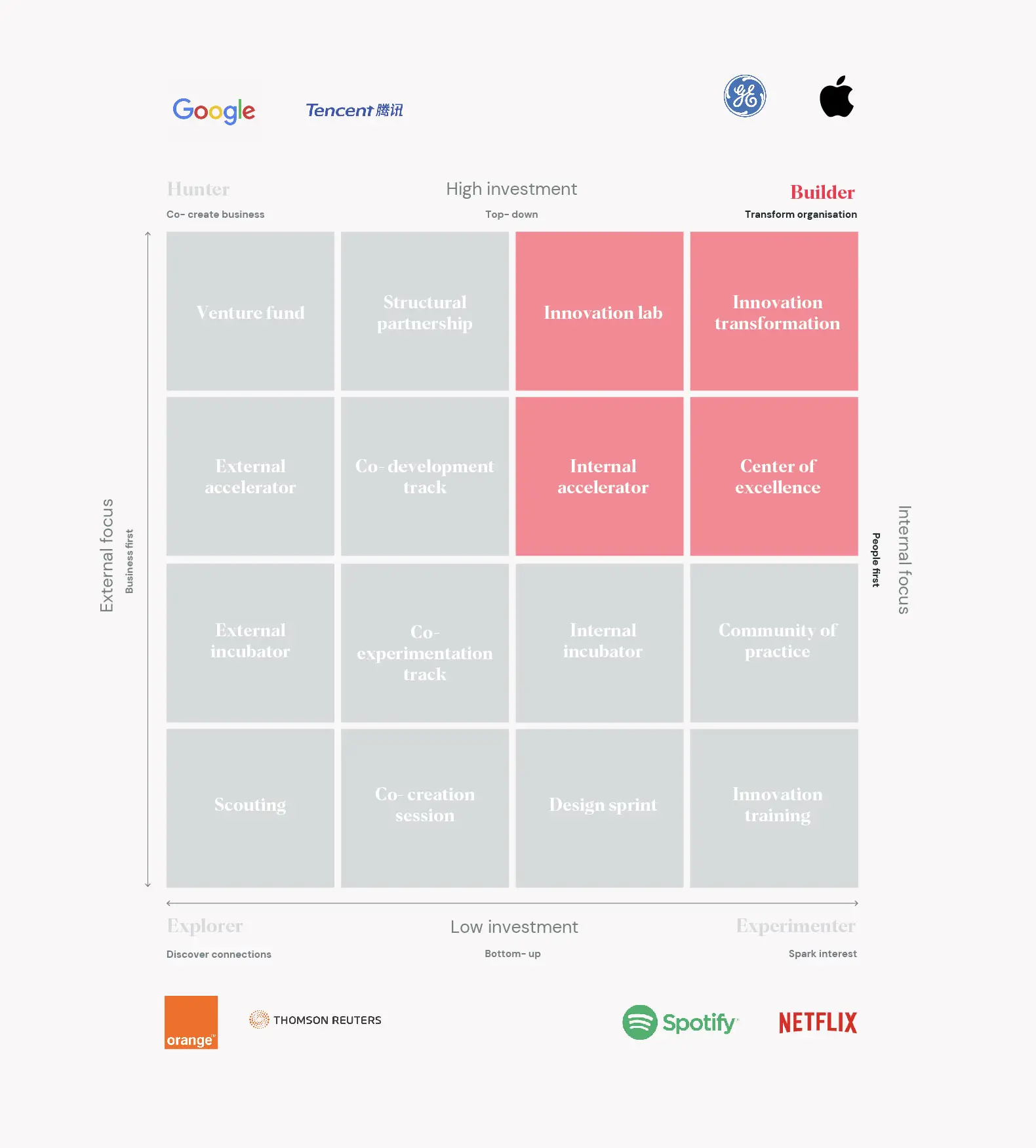
First type of innovator
Is there such a thing as too much innovation?
Builders sit at the top right of the quadrant. This type of innovator chooses high investments in innovation but innovates mainly internally. This means builders invest significant resources into transforming their organization and build highly innovative departments and even internal spin-offs.
Apple is a famous example of a builder. They have a massive track record of new products and continue to set the bar for user experience and new technology. In contrast to Google, though, they focus more on building internal capacities to build new products, rather than on acquiring external expertise. GE on the other hand has a similar history of innovation, through building internal innovation capabilities.
In sum, builders invest strongly in innovation but focus their resources and time on building this capacity internally.
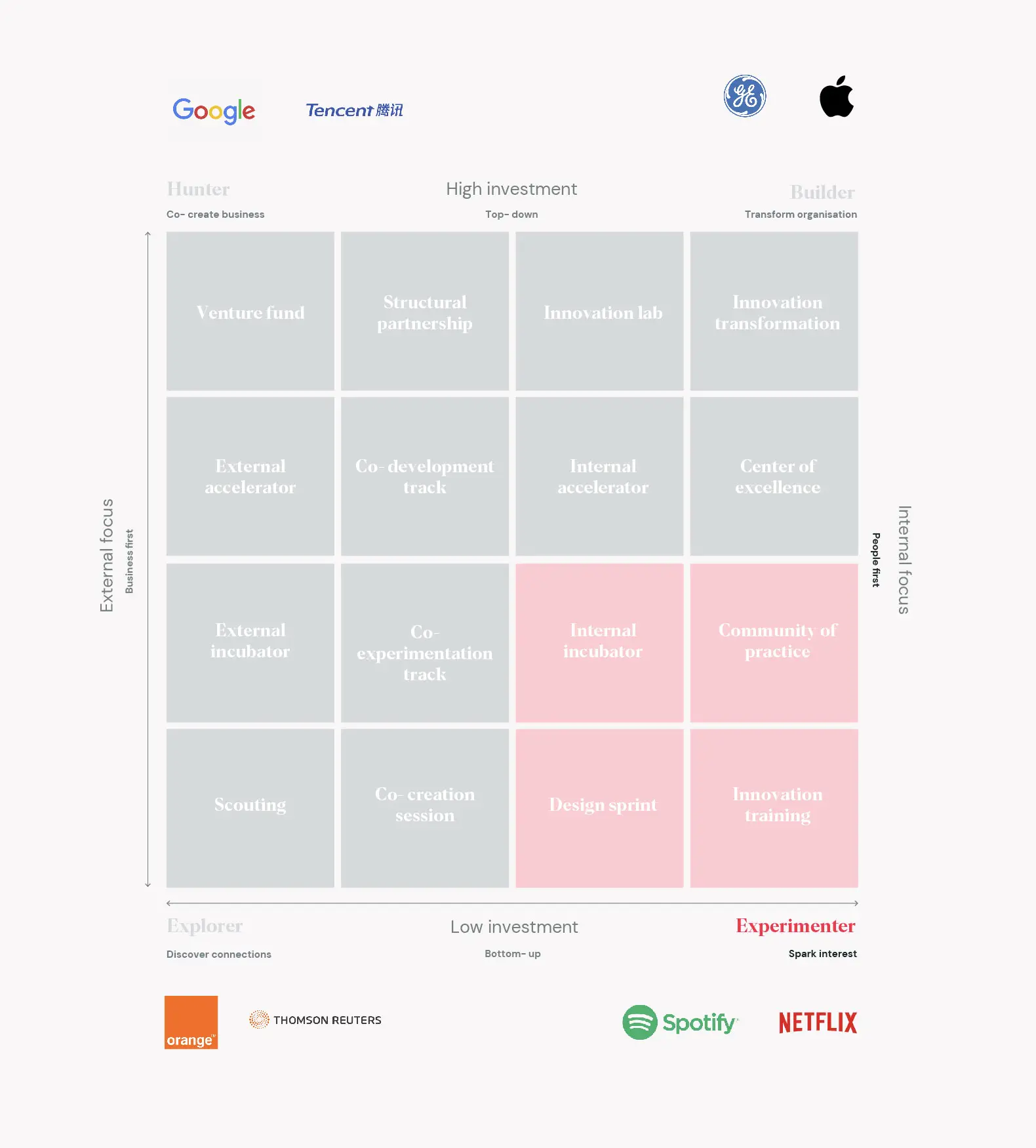
And last, the forth type of innovator
The experimenter: exploring internal opportunities.
The last archetype is the experimenter, which is located in the bottom right corner of the matrix. Experimenters commit to a lower investment in innovation with a focus on internal innovation. These organizations focus their attention on internal actions such as innovation training sessions and design sprints. Experimenters are generally just starting their innovation journey, but they also see enough resources inside their organization to, over time, build this capacity internally.
Spotify and Netflix are examples of successful global players currently in this phase of their innovation journey.
In sum, they invest less in innovation but aim that attention internally to build the necessary capacities to innovate.
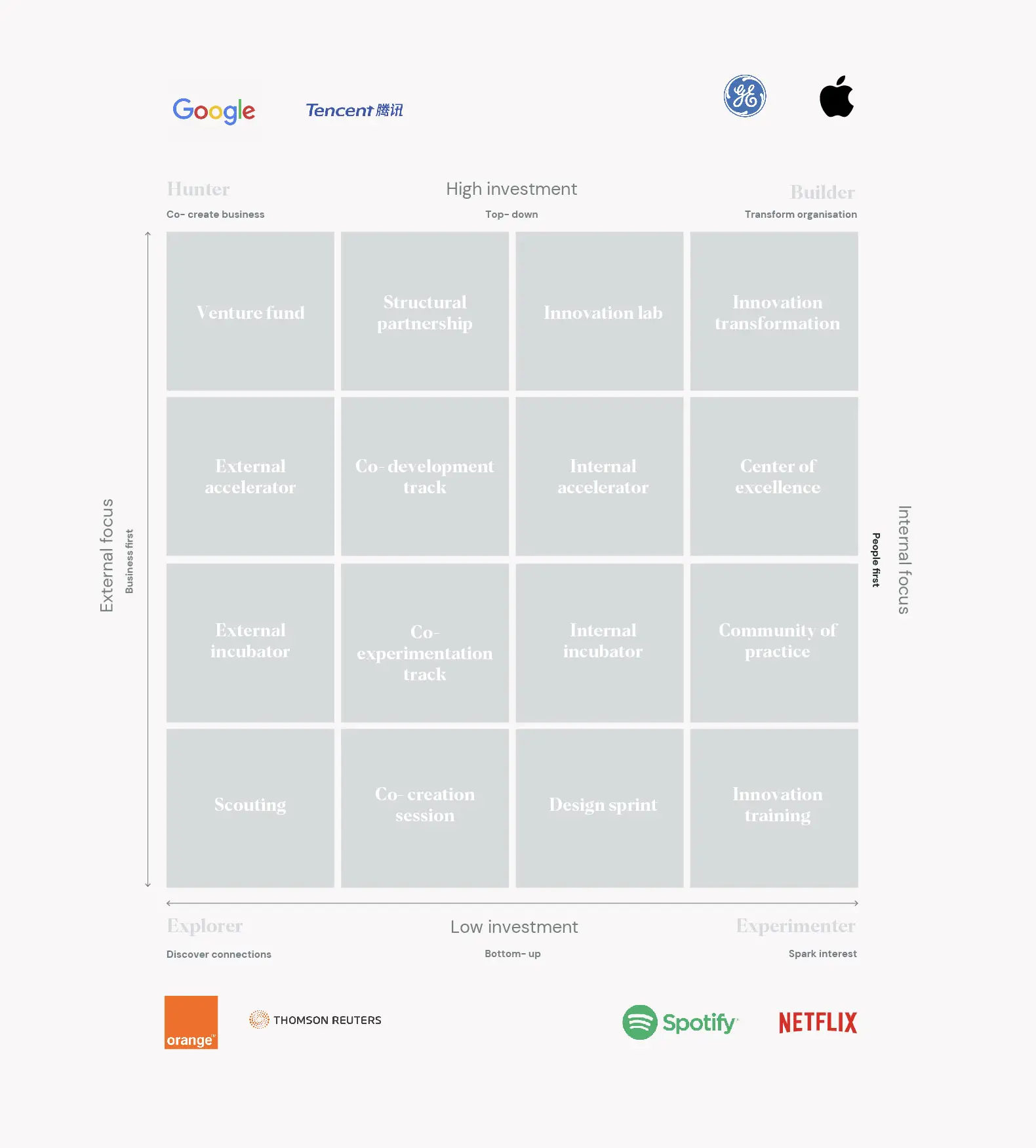
High or low investment? Internal or external focus?
Which type of innovator should my company be?
A very important element when locating your business on this matrix is to note that any archetype on this matrix isn’t better than the others. A hunter is not better than a builder or even an explorer. They are simply different businesses facing different situations.
Every direction on the matrix also implies trade-offs.
External focus
A focus on external innovation has many advantages: you can for example profit from what other companies and start-ups have already built. Yet integrating what they do into your company takes time as well and can sometimes create a fragmented experience.
Internal focus
A focus on internal innovation is more difficult, particularly in the short run, because innovation capacities need to be built internally. World-class innovation departments take a lot of time and money to build. Once these are working, however, you can build great, often seamlessly integrated, products.
Low investment
A lower investment to innovation doesn’t have to be something negative as well. Innovation can require a great deal of energy and investment, so taking the time to experiment first and develop a good base on which further efforts can develop can be highly beneficial: it allows organizations to identify the initiatives that work the most, and to build a good understanding of innovation methodologies, before spreading the methodology to the rest of the orgnization.
High investment
A higher investment into innovation is recommended as soon as the innovation capacity has reached a good level of mastership. High investment helps to scale up the innovation capabilities to the whole organization in a structured way, multiplying the magnitude of innovation-driven growth.
Typical Innovation strategy patterns from global innovators
Where should you go?
Your position on the matrix is of course also not static.
In general, the tendency should be for companies to start out at the bottom of the matrix and move upwards later, when the organization is ready to scale up its innovation initiatives. Companies can also move to balance their innovation efforts between external and internal actions or even switch sides.
In our consulting work, we noticed 3 patterns here:

Pattern 1
From Exploring to Hunting
In this pattern, companies move upwards on the external side of the matrix. They move from simply discovering connections to meaningfully co-creating business solutions with external actors. Interaction with start-ups can act as a driver here for more investment.
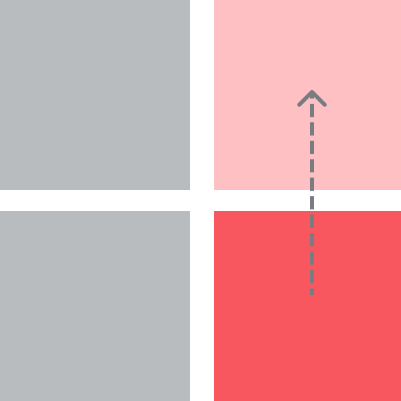
Pattern 2
From Experimenting to Building
In this pattern, companies become more investment on the external side of the matrix. An organization moves from simply having an interest in innovation to transforming its internal operations. They do this by for example standardizing tools, knowledge and language.
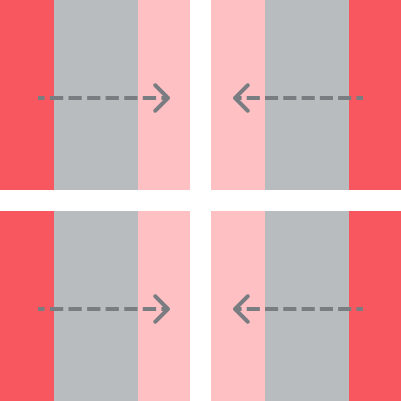
Pattern 3
From one-off to balanced activities
In this pattern, organizations move from either the left or the right side of the matrix to the middle. By experimenting they notice a completely internal or external approach isn’t a great fit for them, and they start to balance their actions and introduce measures that are located both at the internal and external side of the matrix.
Ok, so
How to put this into practice?
How to translate all of this into actionable strategies? On the below matrix we mapped a range of 16 actions that correspond to the 4 archetypes.
So after you noted where you are on the matrix and where you want to go, the innovation matrix will also help you orient which strategy to take and how to translate this into action.
Download this free tool
Download the innovation matrix to define which innovation strategy fits your organization best.
Need any help to turn your innovation strategy into action? One of our experts will be happy to guide you through the process.
Let's run an innovation strategy sprint
Which innovation strategy will help you stay ahead of the curve?


